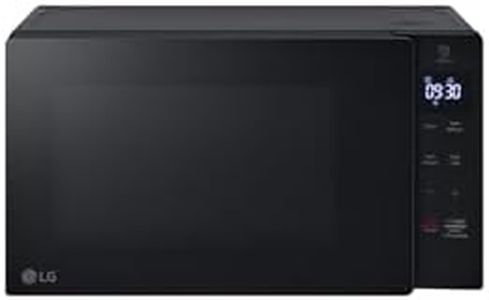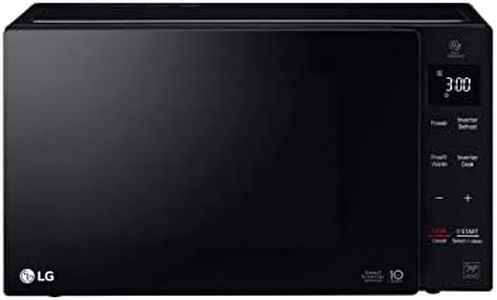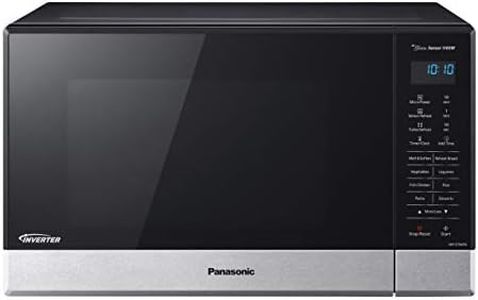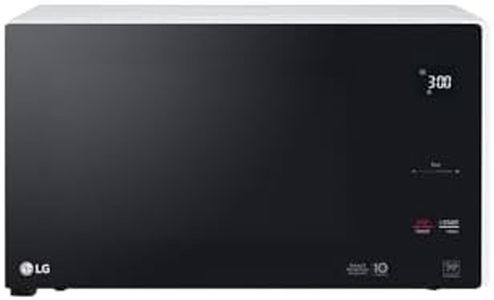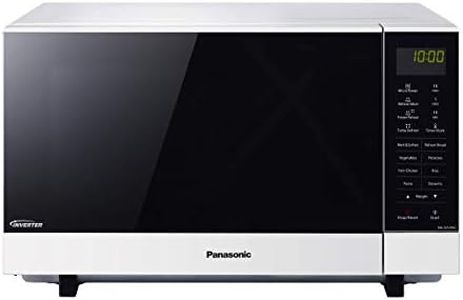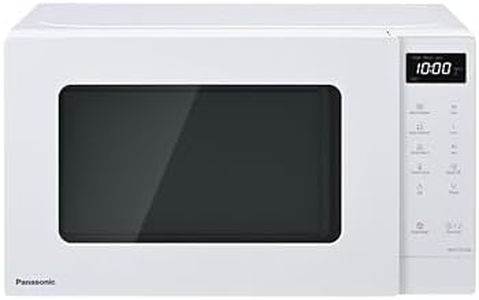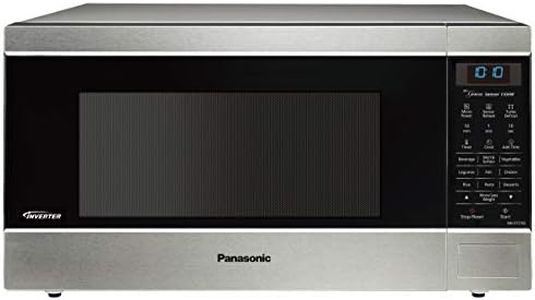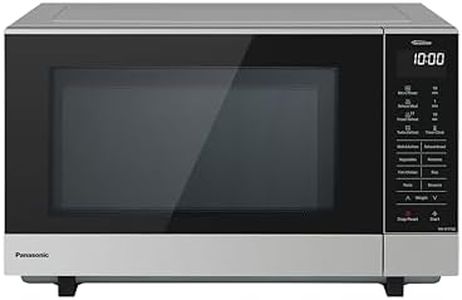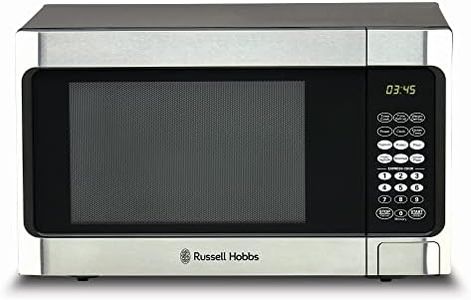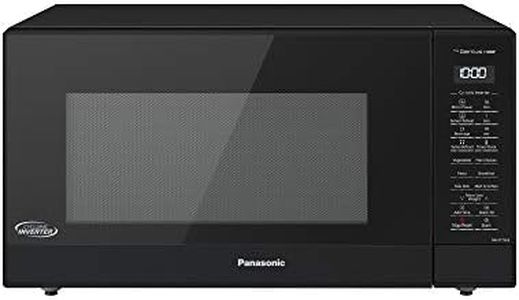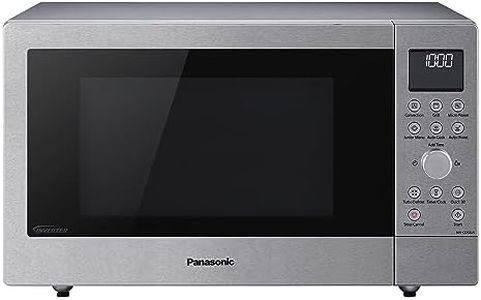We Use CookiesWe use cookies to enhance the security, performance,
functionality and for analytical and promotional activities. By continuing to browse this site you
are agreeing to our privacy policy
10 Best microwaves
From leading brands and best sellers available on the web.By clicking on a link to a third party's website, log data is shared with that third party.
Buying Guide for the Best microwaves
When choosing a microwave, it’s important to consider how you plan to use it in your daily life. Do you mostly reheat leftovers, prepare frozen meals, or cook entire dishes from scratch? Thinking about your kitchen space and how many people you usually cook for is also key. The goal is to pick a microwave that fits your cooking habits and the available space in your kitchen, so it becomes a helpful tool rather than a bulky appliance you rarely use.Size and CapacityMicrowave capacity is usually measured in liters or cubic feet and affects how much food you can fit inside at once. Small capacities (about 15-20 liters or under 1 cubic foot) are great for singles or couples and for reheating small portions. Medium capacities (about 20-30 liters or 1-1.5 cubic feet) work well for families or people who use larger plates and containers. Large capacities (over 30 liters or over 1.5 cubic feet) are best if you often cook whole meals or need to handle bigger dishes. Think about your usual portion sizes and the cookware you plan to use when choosing a size.
Power (Wattage)The wattage of a microwave influences how quickly and evenly your food cooks. Lower wattages (600-800W) will heat food more slowly and may be suitable for light tasks like reheating. Mid-range wattages (800-1000W) can cook and reheat most foods efficiently, striking a good balance for everyday use. Higher wattages (1000W and above) are great for cooking full meals faster and more evenly, which is helpful for frequent or heavy use. If you mainly reheat small meals, a lower wattage may be enough, but regular cooks and larger households can benefit from more power.
Type (Solo, Grill, Convection)Microwaves come in solo, grill, and convection types. Solo microwaves offer basic reheating and cooking and are best for simple needs. Grill microwaves add an extra heating element to crisp or brown foods, which is helpful if you like toasted sandwiches or grilled dishes. Convection microwaves can bake, roast, and sometimes even air-fry, making them versatile for people who want more cooking options in one appliance. Choose based on the kind of cooking you plan to do: basic reheating, grilling, or baking and roasting.
Control PanelMicrowaves can have dial, button, or touchpad controls. Dial controls are simple and durable, suitable if you prefer straightforward operation. Button and touchpad controls often add features like preset programs or digital timers, which make cooking certain foods easier with just a button press. If you like extra convenience and exact settings, look for more advanced controls. For basic use, simpler controls may be best.
Preset Programs and FeaturesMany microwaves offer preset programs for specific foods such as popcorn, pizza, or beverages. These are helpful if you like convenience and want to avoid guessing cook times. Additional features like defrost, sensor cooking, child locks, and keep-warm functions can also be useful. Think about which features match the way you use a microwave; for example, if you often defrost frozen meals, a defrost setting is helpful, while families might look for child safety locks.
Turntable vs FlatbedTraditional microwaves use a turntable to rotate food for even heating, while flatbed microwaves use different technology to heat food without moving it. Turntables work well for most household use, but flatbeds offer more room and flexibility for odd-shaped dishes and are easier to clean. If you regularly use large or awkward-shaped containers, or want easy cleaning, a flatbed might suit you better. For standard use, turntables are usually sufficient.

